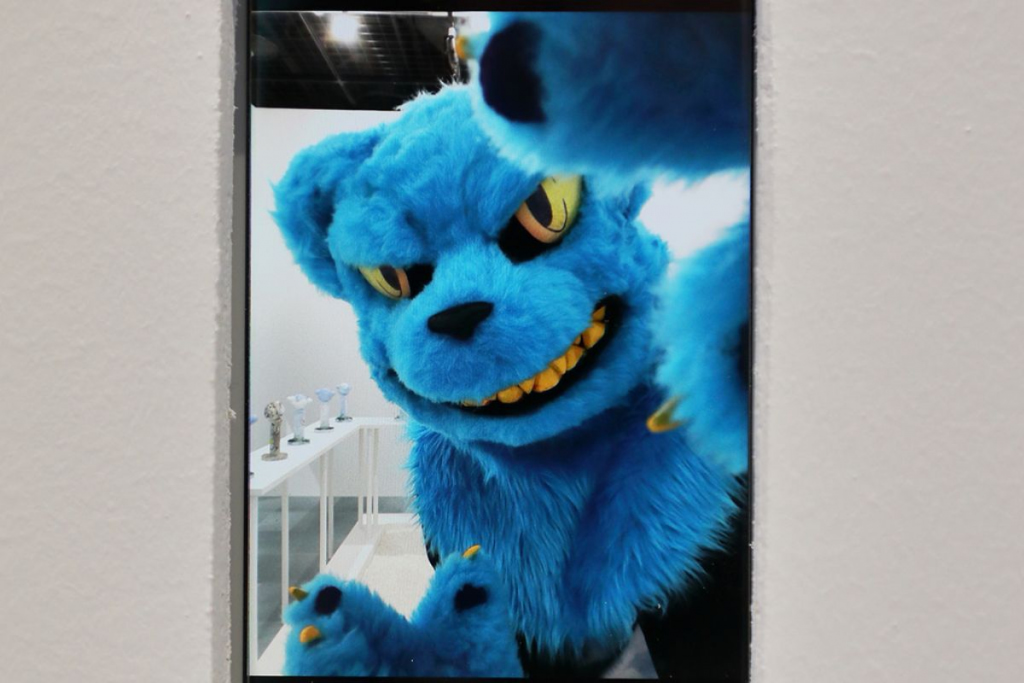As we go into fall, museums and galleries are switching up their exhibitions for the new season. This October, explore the woodblock prints of Kawase Hasui, a binjinga inspired exhibition featuring male beauty and much more.
For more events happening in Tokyo, check out our events calendar.
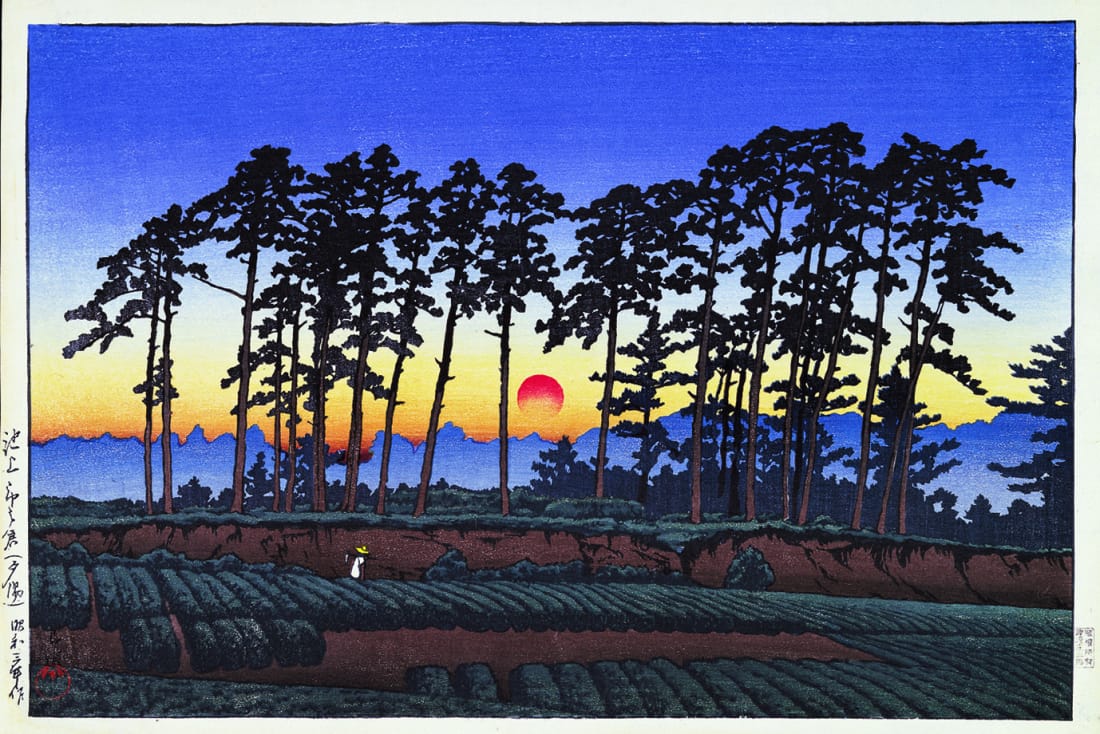
Kawase Hasui, “Ichinokura at Ikegami, Sunset,” from the series Twenty Views of Tokyo, 1928, Woodcut on paper, S.WATANABE COLOR PRINT CO.
1. Kawase Hasui: Travel and nostalgic landscape
Kawase Hasui was born in one of the strangest times of Japanese art history. As well as the woodblock printing peak of Hokusai’s generation giving way to an inevitable drop, he also arrived in the midst of the Meiji Restoration when there was an increase in Western-style paintings. The Japanese response to the latter phenomenon was various and complicated. There were efforts to preserve and perpetuate “native” artistic traditions. This included works from Hasui, who was part of the revival of woodblock prints during the Taisho and Showa eras.
Hasui and Shozaburo Watanabe spearheaded the shin-hanga or “new prints” movement. The influence of this movement on anime and manga is still being felt today. Hasui was an extensive traveler and this exhibition brings together his famous landscape prints, which he sketched on his adventures. This features landmarks such as Zōjō-ji Temple as well as countryside images and various coasts through his vivid lens.
When: Until Dec 26
Where: SOMPO Museum, 1-26-1 Nishi-Shinjuku, Shinjuku-ku
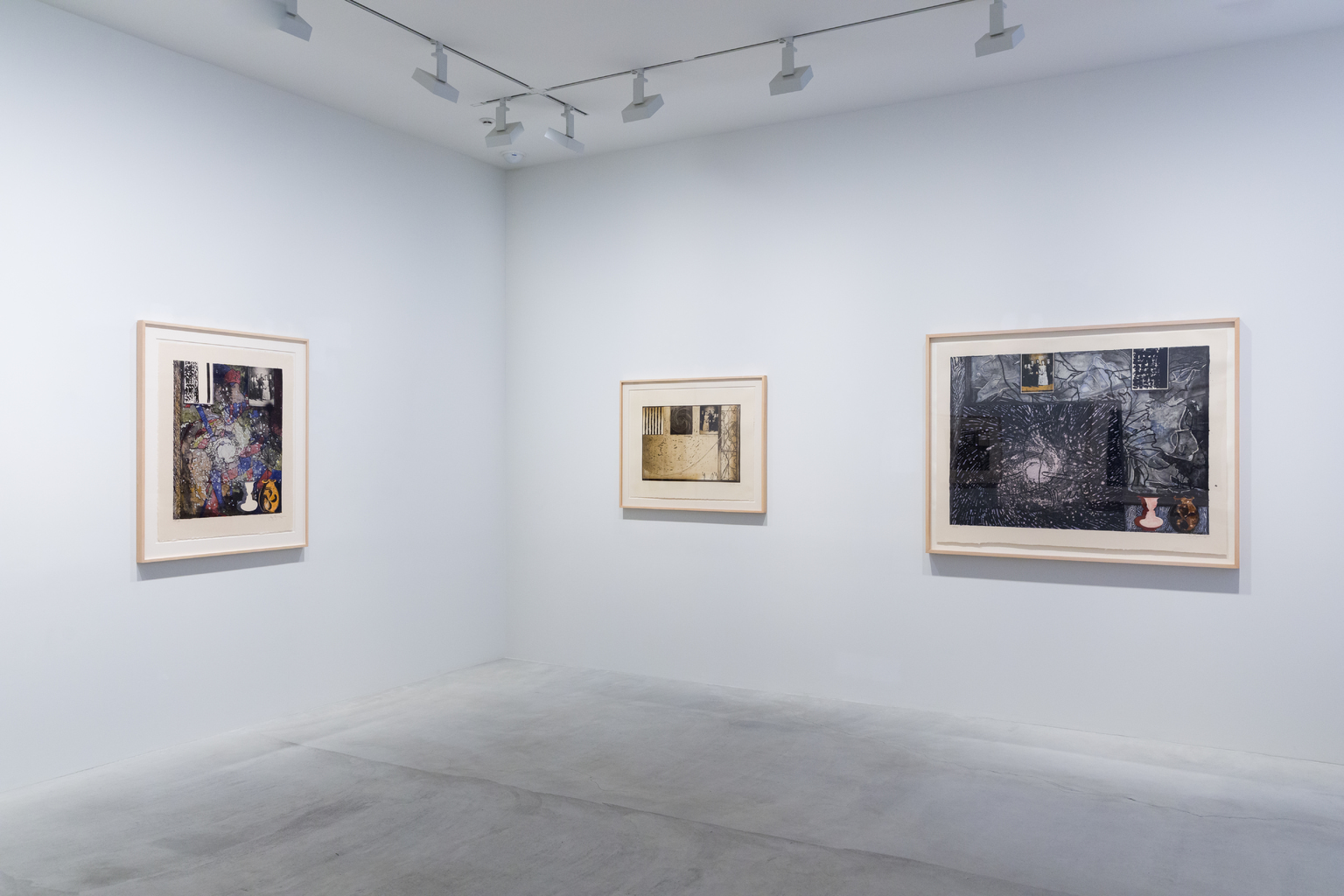
Installation view of Jasper Johns: Eyes in the Persistence of Form, Fergus McCaffrey Tokyo, September 2021 © Jasper Johns and ULAE/Licensed by VAGA at Artists Rights Society (ARS), New York. Published by ULAE; Courtesy of Fergus McCaffrey Gallery; Photo: Ryuichi Maruo
2. Jasper Johns: Eyes in the Persistence of Form
Jasper Johns is most well-known for his 1950s encaustic paintings such as the The Flag and The Target with Four Faces. His semiotic explorations, however, would continue well into the latter part of the 20th century and even the start of the 21st century. The prints and paintings in this collection were conceived from the 1980s to the early 2000s between the American East coast and the hurricane-prone Caribbean island of St. Martin.
While Johns’ earlier work was known for exploring “what the mind already knows,” the prints in this exhibition add another variable of sense and sight. The swirling forms in the prints evoke a storm, or a galaxy, but are not so definitive. The motifs and marks on the surface demand much unpacking. Held in conjunction with shows at New York’s Whitney Museum and the Philadelphia Museum of Art, this is a unique opportunity in the Tokyo exhibition circuit. For more information, see here.
When: Until Oct 16
Where: Fergus McCaffrey Tokyo, 3-5-9 Kita-Aoyama, Minato-ku
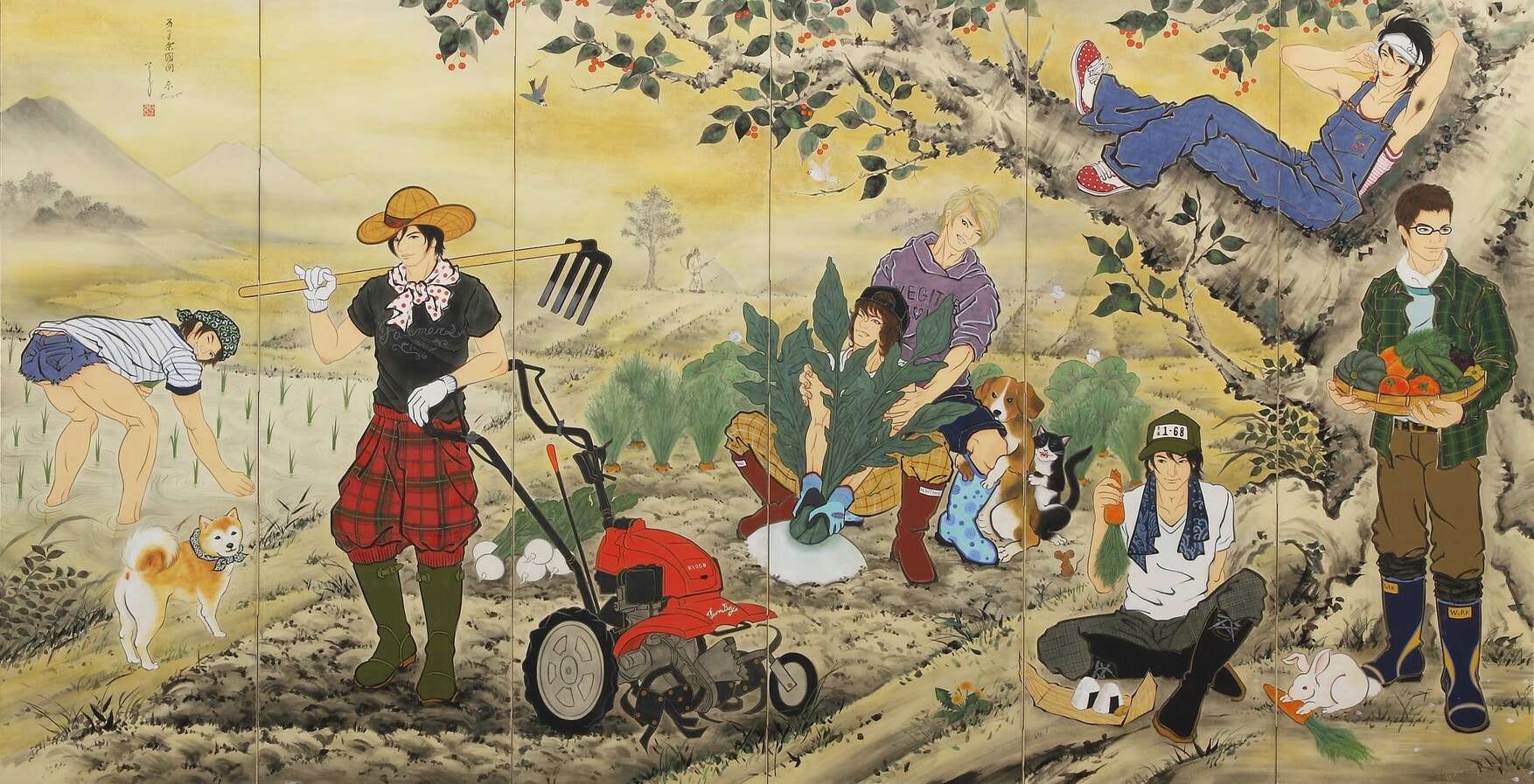
Ryoko Kimura, “Men’s Paradise Folding Screen (Binan Rakuenzu Byōbu)” (Left Side), 2011, Photo by Kei Miyajima
3. Handsome Men They Are
You’ve heard of bijinga, a genre of ukiyo-e displaying images of beautiful women combing their hair, bathing and twisting their bodies in elaborate choreographies. This kind of artwork has proved very popular down the years. Idealized males, on the other hand, are much less talked about. Subsequently, this exhibition decided to pull modern paintings and contemporary photography from the Edo period that examine male beauty.
Traditionally, male figures in art are studied to look at particular social conditions. Here, it’s different. We are looking at portrayals of men as heavenly creatures, objects of erotic desire, mythical legends, fashion models and heroes. Just as bijinga, in all their voyeurism and stylization, show all kinds of femininity, here we see how male beauty can express valor, sex, peace and nobility. For more information, see here.
When: First viewing runs until Oct 10. The second viewing starts on Oct 12 and runs until Nov 3
Where: The Museum of Modern Art, Saitama, 9-30-1 Tokiwa, Urawa-ku, Saitama, Saitama Prefrecture
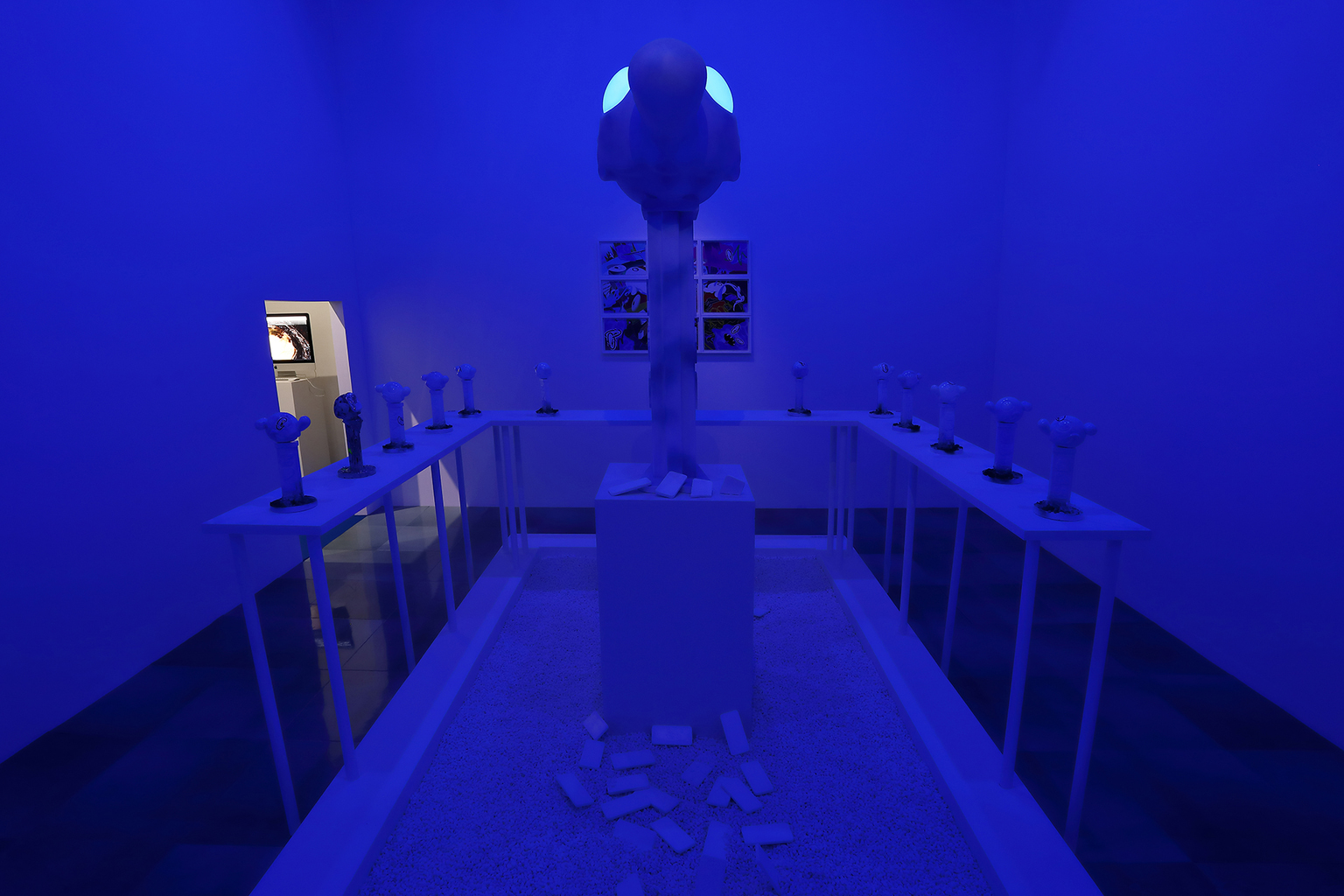
Coin Parking Delivery and Kotaro Yamada
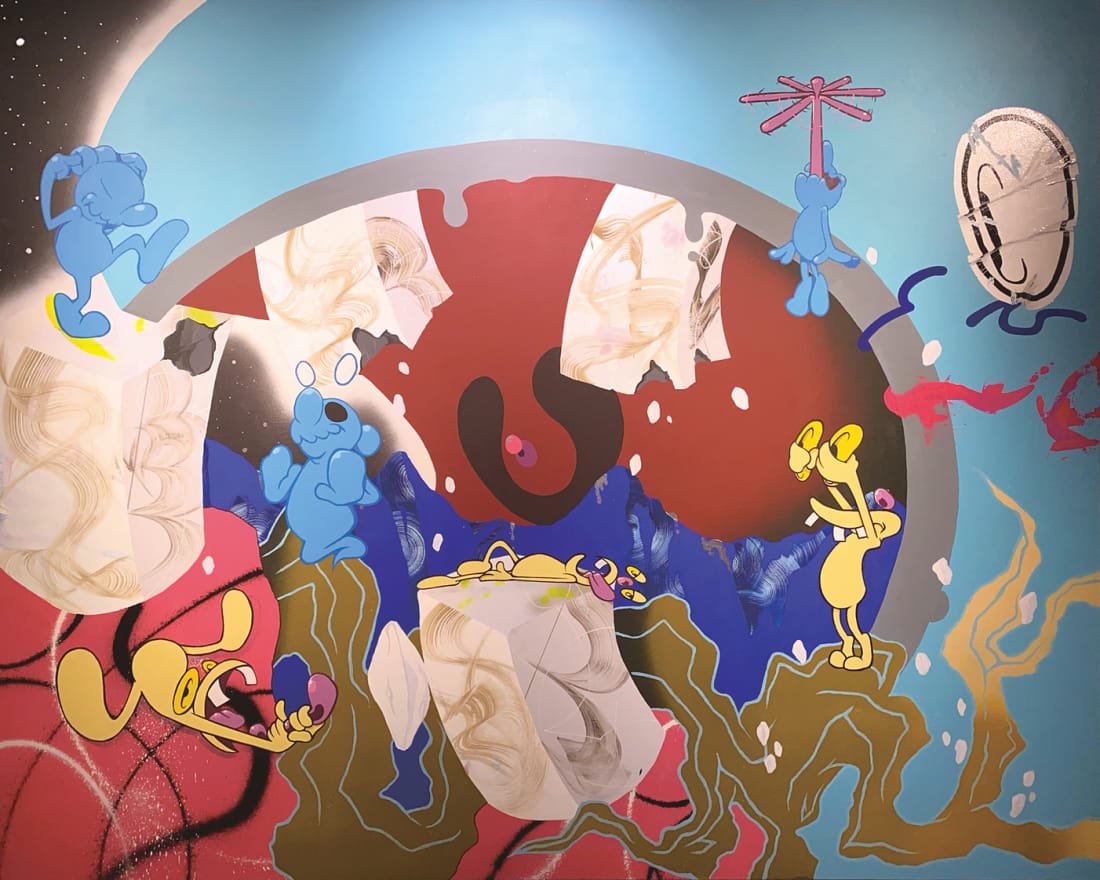
Coin Parking Delivery
4. Dimension Media by COIN PARKING DELIVERY
COIN PARKING DELIVERY, from Tochigi, became an artist in 2018 when he started drawing on his phone after feeling bored while on a train. Now, his practice has come to include plastic art, environmental art, drawings and art direction for shop interiors and public spaces. His solo exhibition sits at the crossroads of Japanese and Western art – that is, of “two-dimensional interpretation,” or the flat and graphic Japanese painting tradition, and “three-dimensional interpretation,” which refers to the Western painting modes that produced realism. At the same time, his compositions are bursting with energy and his characters are like Western cartoons.
The works reflect the multidimensionality of working in multiple media, as well as the mixed cultural milieu of Japan. In addition to more than 20 new artworks, including three-dimensional installations, Diesel Art Gallery offers an audio guide and limited-edition merchandise. For more information, see here.
When: Until Jan 13
Where: Diesel Art Gallery, 1-23-16 Shibuya, Shibuya-ku
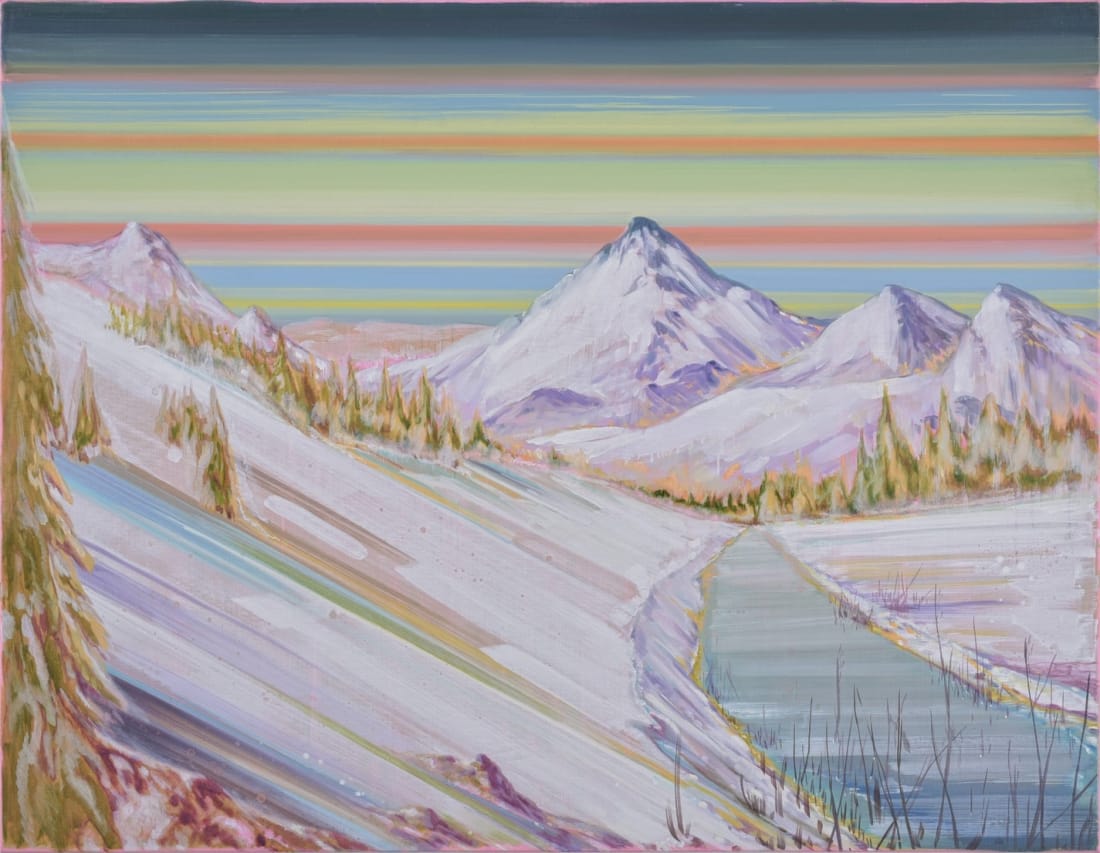
Masakatsu Kondo, “Valley (spectrum),” 2021, Oil on canvas, 100 × 130 cm ©THE CLUB
5. Masakatsu Kondo: Element
Usually, we think of landscape as a painting subject. For this solo exhibition, Masakatsu Kondo is using landscape as a medium for imaginative play. He is particularly interested in light phenomena as reflected (literally) in natural landscape. For example, particles of light glittering on the surface of water. In fact, with this empirical approach, there are avenues for the exploration of visual “abstractions” with Kondo featuring various colors in these lush scenes.
The artist also states that the paintings call on his childhood memories of playing outside. He encourages us to think of nature as the basis of our philosophy, chemistry and art. Additionally, he is reminding us of the importance of spending time outside in an era when computing and AI developments continue to radicalize our daily lives. For more information, see here.
When: Until Oct 9
Where: The Club, 6-10-1 Ginza, Chuo-ku
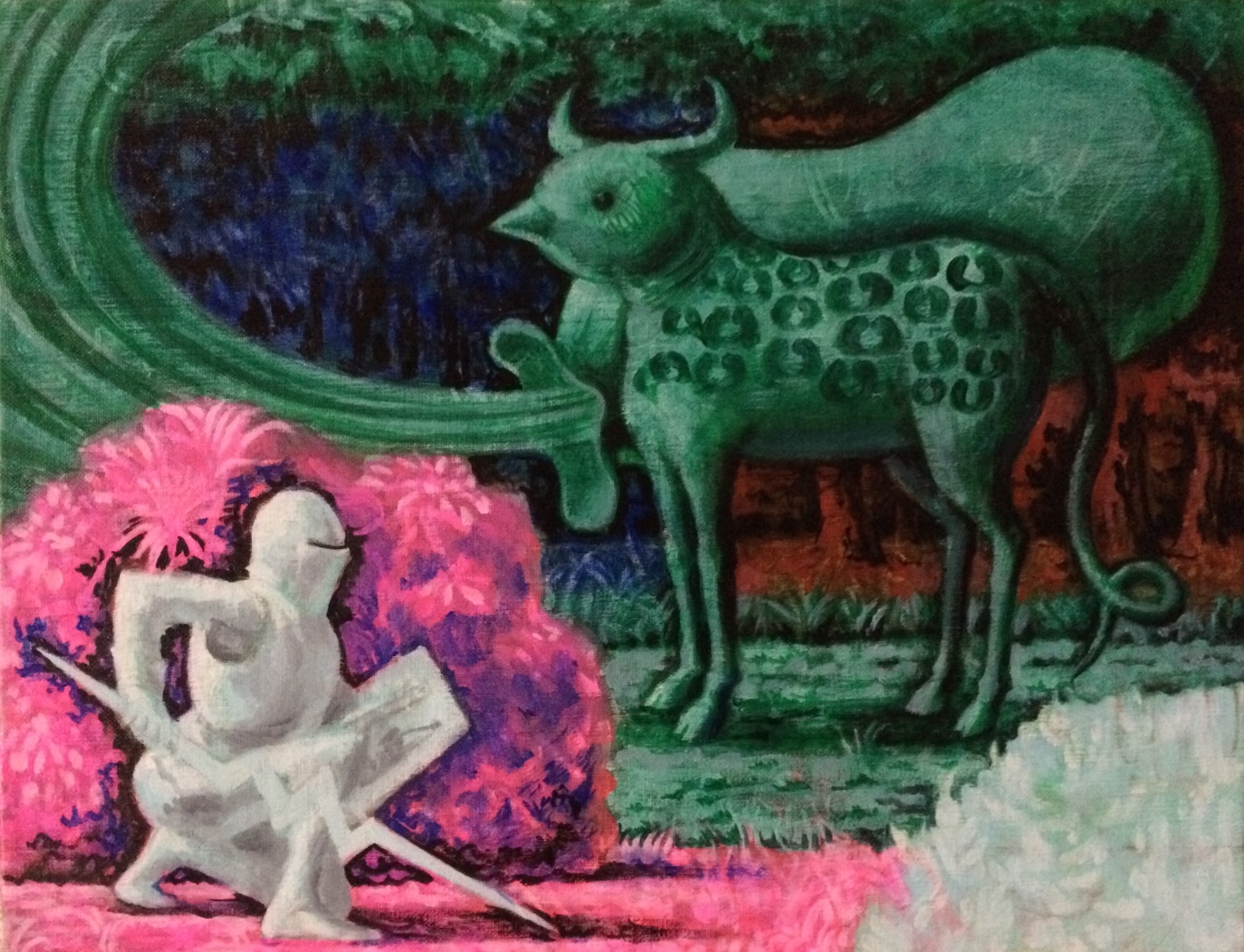
Masanobu Sakakibara “Standing by,” Oil on canvas, 2021
6. Masanobu Sakakibara: Standby
Masanobu Sakakibara was born in Kitami, Hokkaido, situated between the countryside and the city. Growing up in the 1980s, as he played in the woods and by the river, he dreamed of popular video games and toys. He recorded these thoughts in a notebook, which helped him become a skilled artist.
Later, in art school, as he struggled to find his style in a labyrinth of inspirations and motifs, he recalled his childhood. Taking inspiration from retro video games, he presents new paintings in this exhibition memorializing Nintendo’s “Battle Monsters” as well as the dark feelings he wants to “hide and avoid.” For more information, see here.
When: Until Nov 13
Where: Hiromart Gallery, 1-30-7 Sekiguchi, Bunkyo-ku
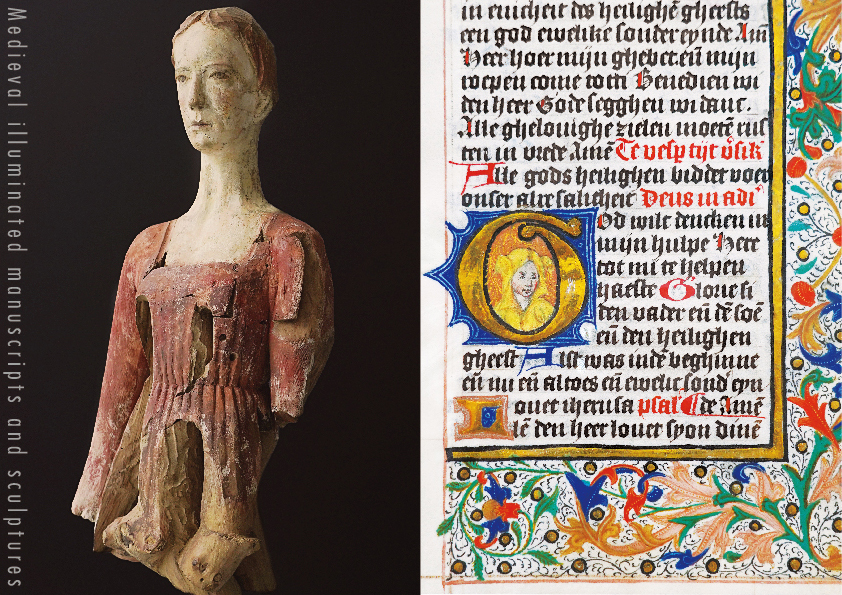
Left: Hideki Maekawa; Right: Leaf from Medieval Gilt Book of Hours, produced in Dutch scriptorium c. 1475, 170 x 120 mm
7. Medieval Illuminated Manuscripts and Sculptures
This exhibition features illuminated manuscripts from the 13th to 15th centuries, from England, France, Italy, the Netherlands and Belgium. While the leaves still glint and impress the modern eye, our appreciation might deepen when we consider their historical purpose. In the Middle Ages, when the Black Plague was ravaging in Europe, prayer was necessary for the wellness of the soul. Book of Hours was a devotional book with several volumes of prayers, hymns and calendars. It was developed by various monks, scribes and craftsmen. Each creator had their own unique handwriting and illustrative manner.
Sometimes the pages are enlivened by mythical beasts and crawling plants. The medieval works are joined by the anthropomorphic, wooden “statue carvings” of contemporary artist Hideki Maekawa. His somber, humanoid figures, with their individualized expression and dress, each seem to have a story. As we look at Maekawa’s works and the manuscripts together, we are invited to complete the story and ask the question: what were the lives of the manuscript readers really like?
When: Until Oct 16
Where: MA2 Gallery, 3-3-8 Ebisu, Shibuya-ku
Top image: Kashou Takabatake, Gekka no Shoyu Samurai
Featured image: COIN PARKING DELIVERY

